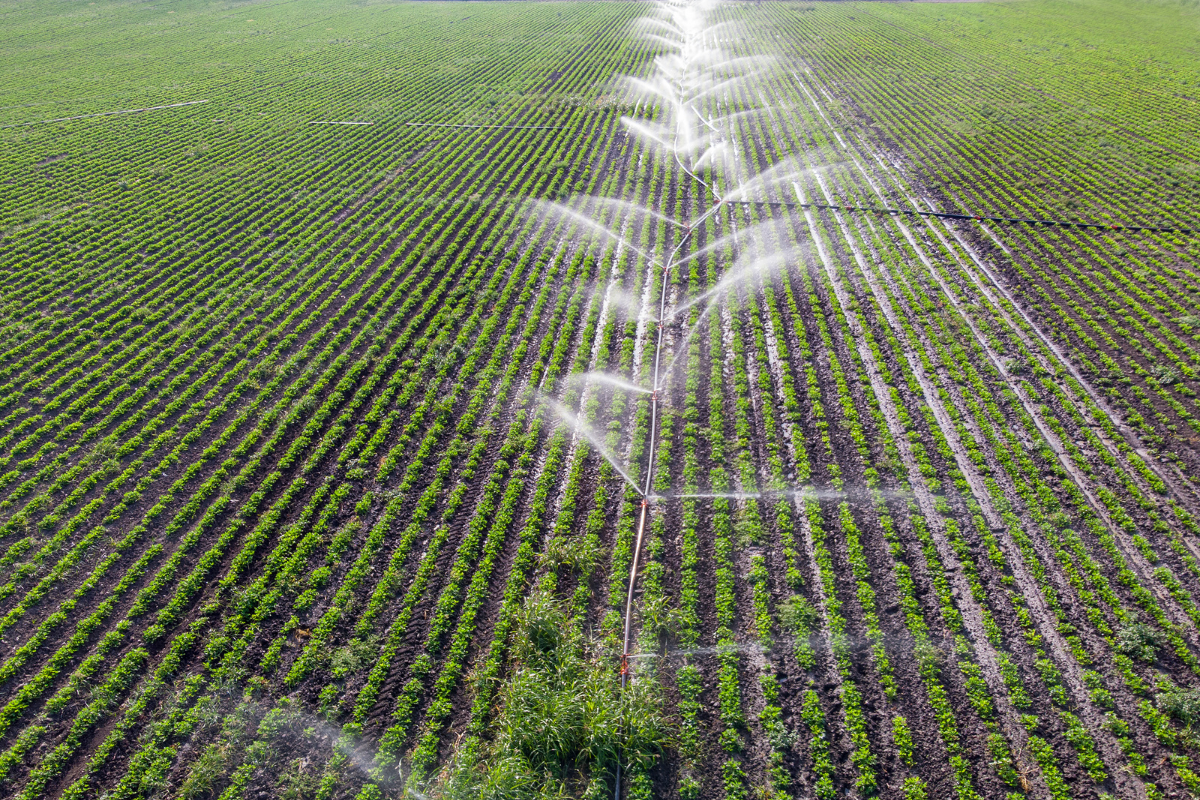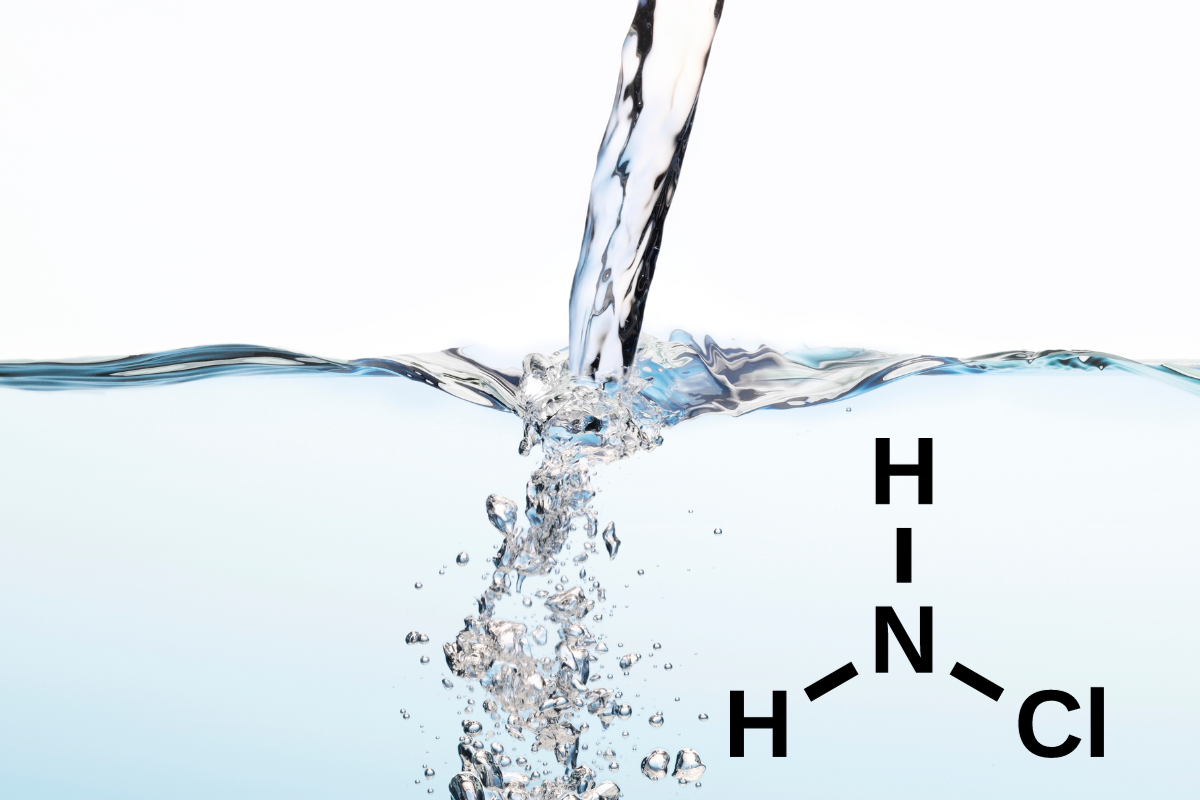Microplastics Found in All Sampled Colorado Water
A 2023 survey of Colorado rivers and streams found microplastics in 100% of sources sampled. This is extremely concerning, considering many of these sources make their way to reservoirs where Coloradans get their drinking water. But what, exactly, are microplastics, and why are they harmful?
What Are the Microplastics in Colorado Water?
Microplastics are so-named because they are pieces of plastic that are often difficult to detect with the naked eye (5 mm or under in diameter). Unlike other materials, it can take plastic hundreds of years to fully degrade. Throughout this time, it continually breaks down into smaller and smaller pieces. These pieces linger for generations in our seas and other water sources. It is estimated that around 5.25 trillion tons of microplastics are currently floating on the surface of our oceans.
How Do Microplastics Get into Water?
Microplastics are so small that they can be transported by storms and strong winds from where they originally broke down (usually in landfills). The majority of microplastics come from single use plastics. These are items meant to be used once and then thrown away (i.e. straws and non-reusable water bottles).
What Do Microplastics Do to the Body?
Much of the buzz surrounding the negative effects of microplastics has centered around marine life, and rightly so. With trillions of tons of these plastics in the oceans, they have been detected in the bodies of nearly every species of sea animal, even plankton. Animals who ingest the microplastics experience a wide array of negative health effects:
Poor Growth
Microplastics accumulate in the digestive tracts of fish and other marine life. This creates a feeling of fullness that leads to a reduction in feeding. This effective malnourishment results in stunted growth for the animal.
Reproductive Issues
Animals who have been exposed to microplastics were found to have a significant decrease in the number of eggs ovulated. Sperm motility was also reduced in males. This can have a profound impact on a species’ ability to reproduce.
Toxic Effects
A plethora of toxic effects have been observed in various species who have microplastics in their tissues and organs. For example, microplastics in gilt hit sea bream (a species of fish) caused oxidative damage to white blood cells, impairing the ability to fight diseases. In European seabass, the presence of microplastics was linked with inflammation of the organs and tissues, decreased swimming speed, and increased death rates.
What About Humans?
Humans are not drinking seawater, and the water we do drink is usually treated. So you might think we don’t have anything to worry about where microplastics are concerned. This, unfortunately, couldn’t be further from the truth.
Microplastics in human life are pervasive. They are found in virtually every product we use, and recent studies continue to demonstrate their harmful effects. Two of the most studied microplastics are phthalates and bisphenol A, aka BPA.
BPA is classified as a
xenoestrogen. This means it exerts a similar effect on the body as estrogen. Even small amounts of BPA can cause hormonal disruption leading to fertility issues and an increased risk for certain types of cancers. It is found in a daunting number of products, lining the inside of canned foods and coating the thermal paper we are handed every day as a receipt.
Phthalates, likewise, have the potential to cause transgenerational reproductive issues, especially in women. Again, exposure is practically inevitable because of their widespread use in a nearly ubiquitous plastic product: PVC.
Because of their noted effects on hormone levels, BPA and phthalates fall into a broader category of toxins known as
endocrine disruptors.
How Do Microplastics Get in Drinking Water?
Microplastics easily make their way into drinking water in a few ways:
- Ocean sprays can send particles back out into the atmosphere and up to 95 km from where they originated, settling on reservoirs, lakes, and streams
- Degrading plastic products at landfills leach into the ground
- Direct pollution of lakes and streams
- Leaching from PVC plumbing pipes
Can You Filter Out Microplastics?
Even water treatment facilities are unable to fully remove microplastics from drinking water. Fortunately, many reverse osmosis home filtration systems are able to remove up to 99 percent of phthalates, BPA, and other harmful microplastics. Reverse osmosis is a water purification process that uses a semi-permeable membrane to remove contaminants, particles, and other impurities from water.
Remove Microplastics in Colorado Drinking Water
The presence of microplastics in drinking water poses a serious risk to human health due to their toxic nature and ability to accumulate in the body over time. However, technologies like reverse osmosis filtration offer a simple solution by effectively removing these particles, along with other contaminants and microorganisms.
In order to ensure it is performing optimally, you must pair your reverse osmosis system with a quality water softener. RO membranes are not designed to handle large amounts of hard minerals, like calcium and magnesium. Removing these beforehand via a water softener is the best way to make sure your RO membrane stays intact and continues to work optimally.
In Colorado, the WaterPros is your top resource for water softening and filtration. We provide custom solutions at affordable prices so everyone has access to pure water. Call or
go online today to get started.









